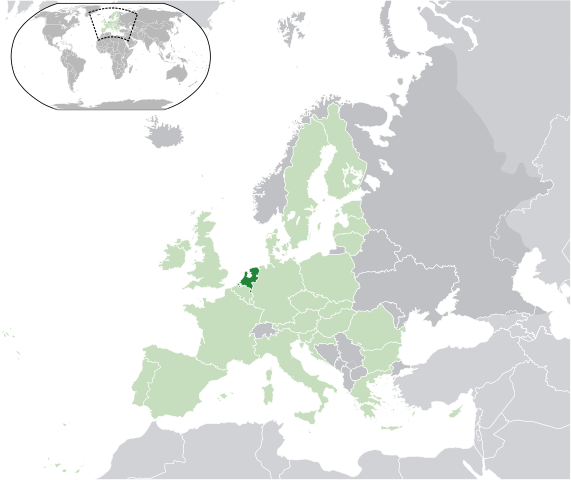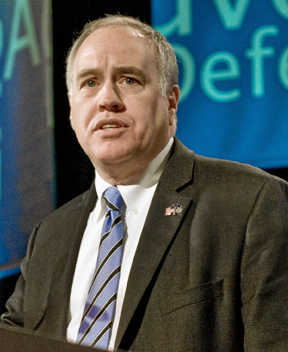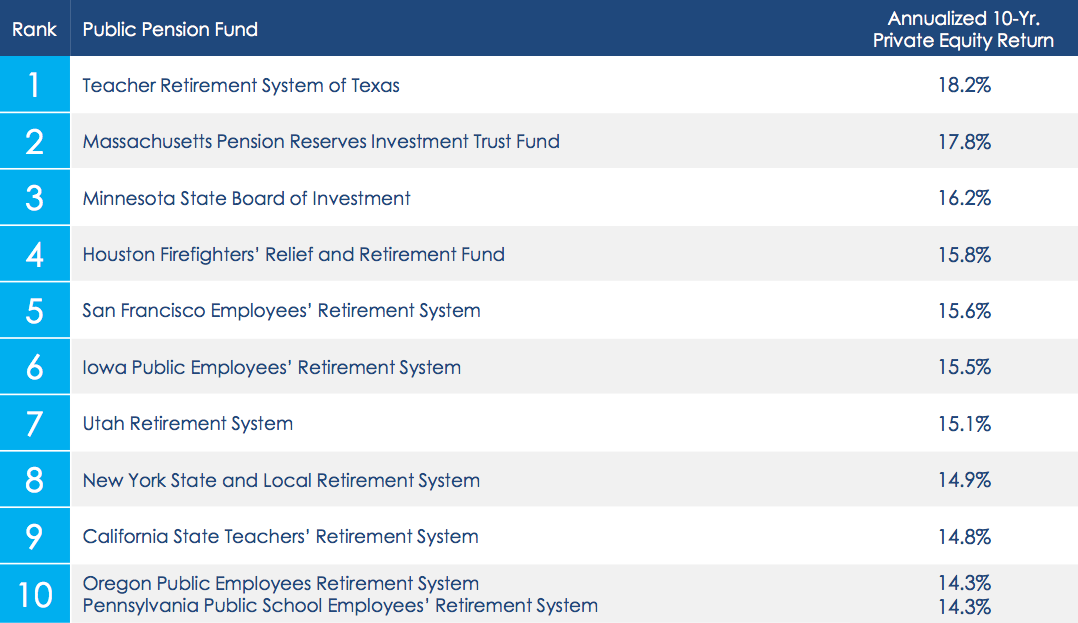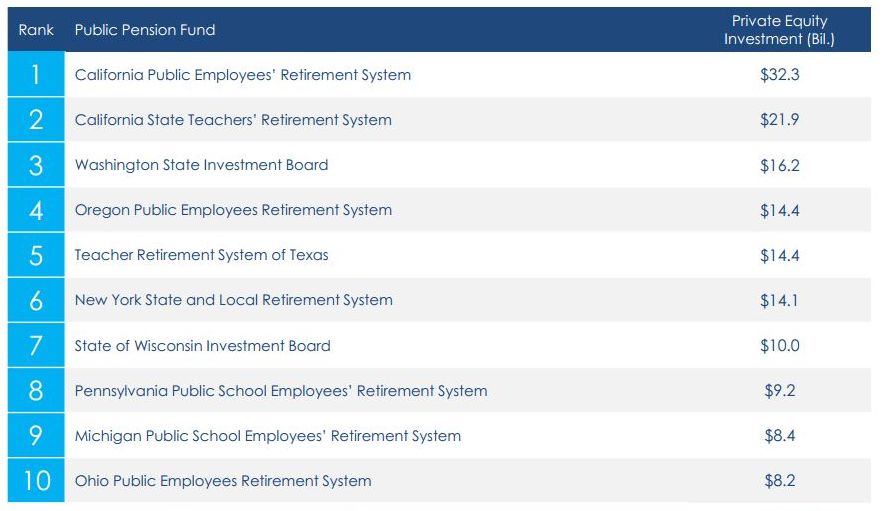The Florida State Board of Administration, the entity that manages assets for the Florida Retirement Systems, announced a $63.76 million commitment to a JP Morgan fund that invests in real estate in France, the UK and Germany.
Reported by I&P Real Estate:
Florida State Board of Administration has approved a €50m (€39.1m) commitment to JP Morgan Asset Management’s opportunistic European IP Fund III fund.
The fund has also approved a $100m allocation to Prologis’ Targeted US Logistics fund.
As revealed by IP Real Estate last week, JP Morgan’s opportunistic fund is aimed at assets in the UK, Germany and France.
The fund manager can raise as much as €750m for the fund, which will invest in office, industrial, retail and residential properties, according to Florida SBA. Buildings with low vacancy and in need of refurbishment and redevelopment are being targeted by the fund.
As reported, the fund is currently investing in office properties in Berlin and Paris. With leverage, the fund could invest as much as €3bn across Europe.
Florida said it would continue to identify international pooled fund opportunities as part of its plan for the current fiscal year.
[…]
Florida has also recently sold two office buildings for $202m. The Nyala Farms office asset in Westport, Connecticut was sold for Florida by L&B Realty, while One Boca Place was sold through Invesco Real Estate.
The pension fund has allocated $900m for new real estate investment opportunities, split into $500m for core and $400m for non-core. Capital will be invested via both funds and direct ownership through separate account managers.
Florida’s long-term real estate allocation target is 10 percent. It currently invests 7.5 percent of assets in real estate.











